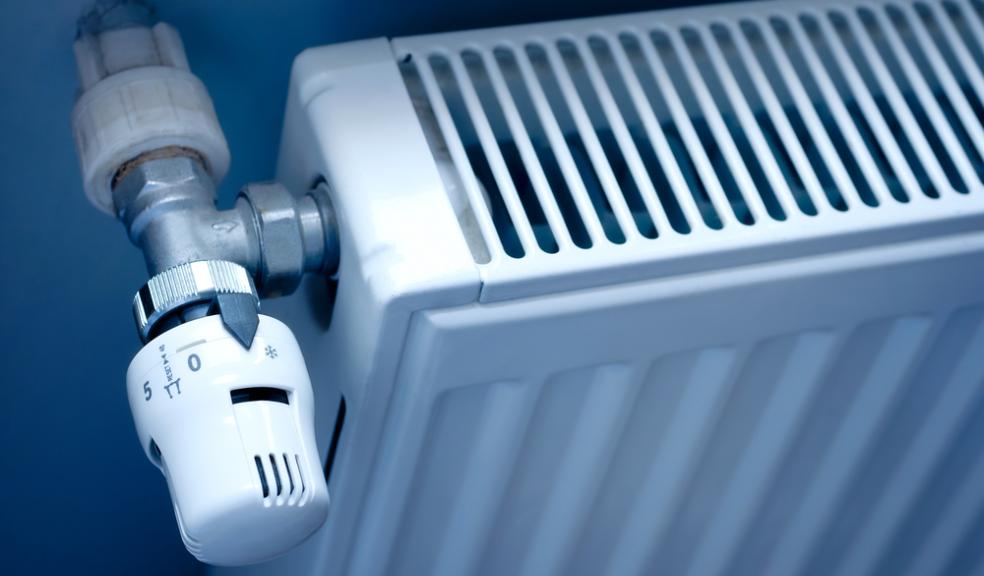
Spending watchdog says utility bills could continue to rise for years to come
Household utility bills may continue to rise above the rate of inflation for the next 17 years, according to the Government's spending watchdog, the National Audit Office (NAO).
A report by the watchdog has concluded that government and regulators do not know by how much overall expected new investment by the private sector in infrastructure will increase household utility bills for fuel and water and whether bills will be affordable.
The NAO has recommended that the Treasury ensure there are mechanisms to assess the cumulative impact of infrastructure investment on consumer bills, particularly those paid by low-income households.
The report, which focuses on the energy, water and, to a lesser extent, telecoms sectors, recognises that the UK requires significant investment in new infrastructure. The Treasury expects that over two-thirds of the £310 billion worth of the planned infrastructure it has identified will be privately financed, owned and operated but paid for by consumers through their utility bills.
The NAO says that high levels of expected new investment in infrastructure mean that energy and water bills may rise significantly from current levels. This is likely to hit those households with incomes in the lowest 10 per cent particularly hard, says the spending watchdog. The available projections suggest that increases in both energy and water bills will continue to outstrip inflation, on average, up to 2030.
The body suggests this is particularly concerning, given that energy and water bills have increased significantly in recent years, while incomes have not. (In contrast, the average unit cost of telecoms services fell over the last decade.)
Despite what it describes as "some good initiatives", such as efforts by government to model future energy prices and bills, the National Audit Office is concerned by the lack of a common approach across sectors to forecasting bills or measuring affordability.
The spending watchdog points out that the affordability of utility bills can be assessed only in the context of wider pressures on household expenditure, including an understanding of all household bills as well as potential trends in household incomes. The NAO acknowledges there is a range of schemes to support vulnerable consumers in all three sectors, but is concerned that, without a fuller understanding of affordability in the round, government and regulators cannot assess the adequacy of these schemes, now or in the future.
Among the NAO’s other recommendations are that the Treasury should publish the expected overall impact on consumer bills, to promote transparency and debate about new infrastructure and bill increases. In addition, departments should consider the implications for consumer bills and their overall affordability before making policy commitments influencing infrastructure.
Amyas Morse, head of the National Audit Office said: “Government and regulators do not know the overall impact of planned infrastructure on future consumer utility bills, or whether households, especially those on low incomes, will be able to afford to pay them. It seems critical to know ‘how much is too much’, based on reliable information.”











